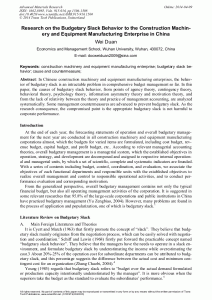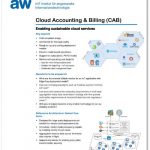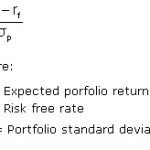Content

For example, a category might consist of accounts receivable that is 0–30 days past due and is assigned an uncollectible percentage of 6%. Another category might be 31–60 days past due and is assigned an uncollectible percentage of 15%. All categories of estimated uncollectible amounts are summed to get a total estimated uncollectible balance. That total is reported in Bad Debt Expense and Allowance for Doubtful Accounts, if there is no carryover balance from a prior period. If there is a carryover balance, that must be considered before recording Bad Debt Expense. The balance sheet aging of receivables method is more complicated than the other two methods, but it tends to produce more accurate results.

Journalize Signature Lamp Company’s transactions for 2018 assuming Signature Lamp Company uses the allowance method. As you can see from the discussions above, a variety of changes may require adjustment entries. One component of the payroll taxes you deposit with the government is FICA tax . Enabling organizations to ensure adherence with ever-changing regulatory obligations, manage risk, increase efficiency, and produce better business outcomes. A retailer’s acceptance of a national credit card is another form of selling—factoring—the receivable by the retailer. A common type of credit card is a national credit card such as Visa and MasterCard.
What Is The Allowance For Doubtful Accounts:
One item for this allowance for a doubtful accounts adjusting entry is “uncollectible receivables.” Businesses use historical data to estimate how much to reserve for uncollectible accounts. Let’s say your business brought in $60,000 worth of sales during the accounting period. Based on historical trends, you predict that 2% of your sales from the period will be bad debts ($60,000 X 0.02). Debit your Bad Debts Expense account $1,200 and credit your Allowance for Doubtful Accounts $1,200 for the estimated default payments. To predict your company’s bad debts, create an allowance for doubtful accounts entry.
The income statement method estimates bad debt expenses based on the assumption that at the end of the period, a certain percentage of sales during the period will not be collected. The estimation is typically based on credit sales only, not total sales . In this example, assume that any credit card sales that are uncollectible are the responsibility of the credit card company.
Allowance for doubtful accounts on the balance sheet
For example, if 3% of your sales were uncollectible, set aside 3% of your sales in your ADA account. Say you have a total of $70,000 in accounts receivable, your allowance for doubtful accounts would be $2,100 ($70,000 X 3%). Use an allowance for doubtful accounts entry when you extend credit to customers. Although you don’t physically have the cash when a customer purchases goods on credit, you need to record the transaction.

The allowance for doubtful accounts is a general ledger account that is used to estimate the amount of accounts receivable that will not be collected. A company uses this account to record how many accounts receivable it thinks will be lost. In this article, we shall discuss the doubtful accounts, its uncollectible accounts receivable adjusting entry main journal entry as well as adjusting entries. For example, assume Rankin’s allowance account had a $300 credit balance before adjustment. However, the balance sheet would show $100,000 accounts receivable less a $5,300 allowance for doubtful accounts, resulting in net receivables of $ 94,700.
How to Estimate Uncollectible Accounts Expense
Accounts receivable are current assets that represent amounts due from the sale of goods to customers on credit. Accounting Coach shows that a current asset is an item that is expected to be converted into cash within a year. Before making a sale on credit, the business needs to ensure that the customer is creditworthy. Bad Debts ProvisionA bad debt provision refers to the reserve made by a company to set aside an amount computed as a specific percentage of overall doubtful or bad debts that has to be written off in the next year. Transactions by opening a new account called accounts receivable journal entry.
What is the adjusting entry for accounts receivable?
The adjusting journal entry will credit accounts receivable and debit the cash account once that money is received. The revenue was earned and recognized earlier, so an adjusting journal entry is needed to properly recognize the cash that has now been received.
What is the adjusting entry for uncollectible accounts?
Therefore, the adjusting journal entry would be as follows. When a specific customer has been identified as an uncollectible account, the following journal entry would occur. Allowance for Doubtful Accounts decreases (debit) and Accounts Receivable for the specific customer also decreases (credit).